An installation with original newspapers after the 25th of April, a mural of chemical papers or a wall of used files from the archive of the National Association of Canned Fish Industry, are some of the works that make up the exhibition «Contra-wall».
Curated by Hugo Dinis, artists Ana Vidigal, Nuno Nunes-Ferreira and Pedro Gomes will show their works in a «fruitful dialogue on the role of art in the local communities in which they perform», until 10 July, at the Municipal Museum of Tavira/Palácio da Galeria.
Initially called «Against the wall», the idea of the exhibition began to be developed in March 2020, when there was a full pandemic and confinement, but only now in April of the following year it took shape and space, in order to be implemented at the Municipal Museum of Tavira.
The exhibition, explains Hugo Dinis, «started from the idea that the public space is a space for coexistence and public intervention».
Even before the official opening, which took place on Saturday, the exhibition was shown in detail to journalists, in a sort of guided tour that featured the curator, but also two of the artists, Ana Vidigal and Pedro Gomes.
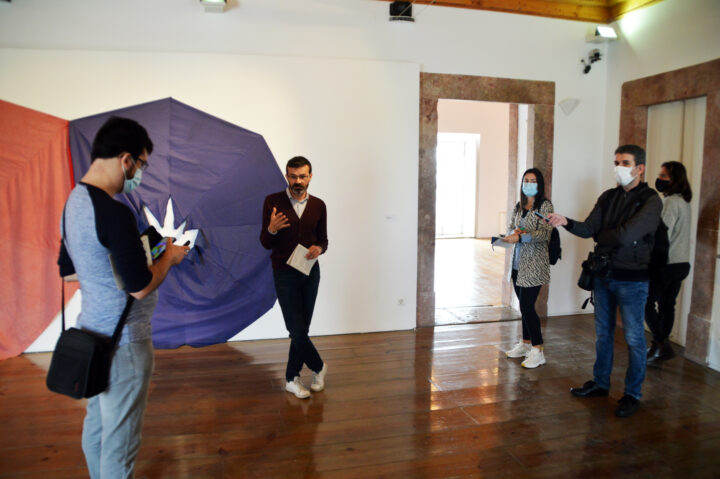
The wall, like the one used by ancestors in prehistoric caves, on the facades of buildings from ancient civilizations, in churches, in the Renaissance period or even on the Berlin wall, «was, and always will be, the privileged space for interventions of any species, whether it's vandalism or art,” he adds.
Throughout the 10 rooms that make up the exhibition, we walk through several pieces that, at first glance, are strange to us, at the same time that they are familiar to us. Only with a careful and rigorous look, we are allowed to discover what it is and what is the story behind the, now, pieces of art.
«De scissors or treasure» is the name of the work that receives visitors, by Ana Vidigal. It is made up of objects that are used outside, here transported to the interior of the museum, thus losing its function. normal and gaining a new one: the function of an artistic work.
The piece that almost sums up the exhibition is also by Ana Vidigal and it is nothing less than a brick from Santa Catarina. “It is a reference to us, to a group that is working together and indicates that, in addition, we are friends. This is something that for me is very important», reveals the artist.
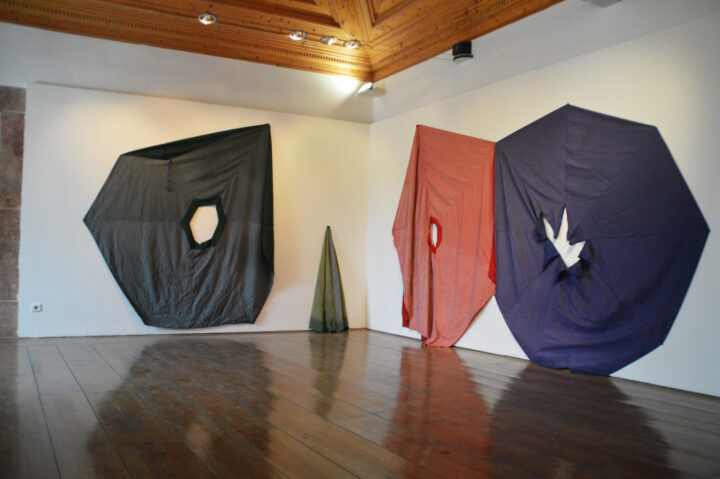
In the passage between rooms, one discovers a multitude of original newspapers, collected after the 25th of April, distributed between two installations. In this vast archive, some of the newspapers only highlight a striking headline, others a sentence.
But many have, in their pages, the mark of the Estado Novo and its political issues, an allusion "to the prevalence of freedom, where the voice and individual discourse meet as a community asset," warns Hugo.
«It is with these newspapers that he [the artist Nuno Nunes-Ferreira] realizes that, in this archive, all the words that could not be said between 1969 and 1974, all pass [with the 25th of April], to the newspapers and to the public voice», explains the curator of the exhibition.
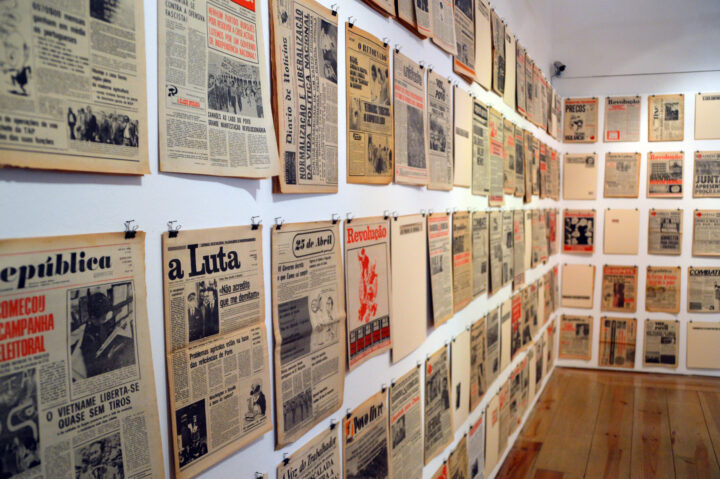
«We have here a lot of materials that surprise us and where the question arises: is this a work of art or is it the rest of the reality that we know?». It is with these words that the artist Pedro Gomes presents the exhibition.
One of his works, which is immediately obvious, is a mural on which chemical papers are used, used in the transfer or copying of drawings, which gain a new life here. «These materials are not Fine Arts materials, but materials that are part of our life», says the author.
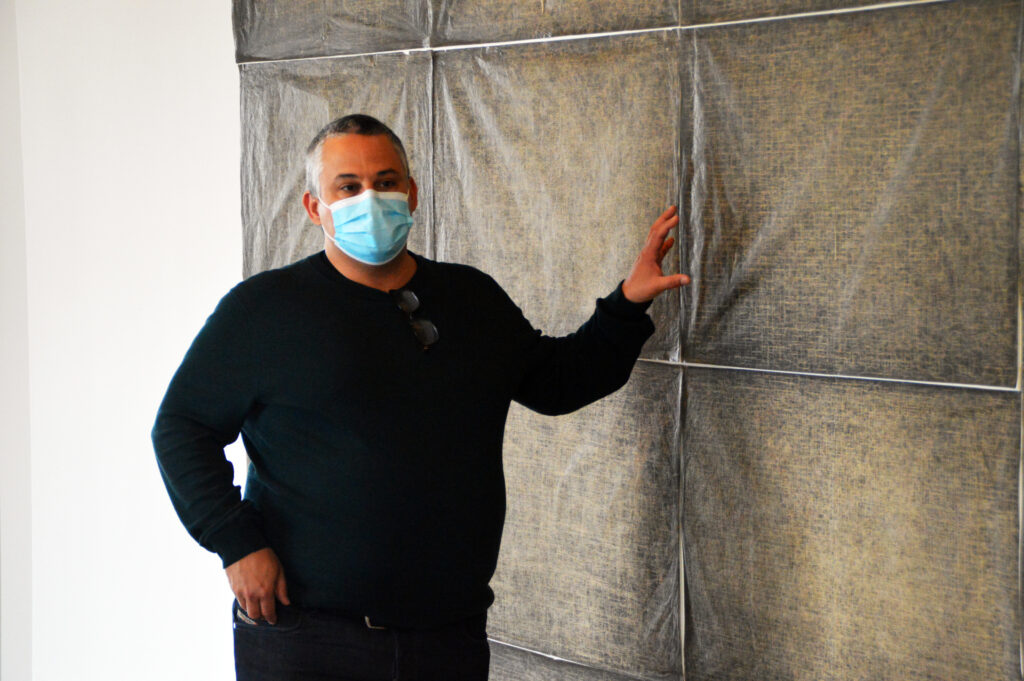
As for Nuno Nunes-Ferreira's work, the wall of used files, from the archive of the National Association of Fish Canners, stands out, occupying one of the museum's rooms. Entitled “Fishing fleet slaughter”, the dossiers “tell the story of the last, perhaps, 40 years of the canning industry and its relationship with fisheries”, stresses the exhibition's curator.
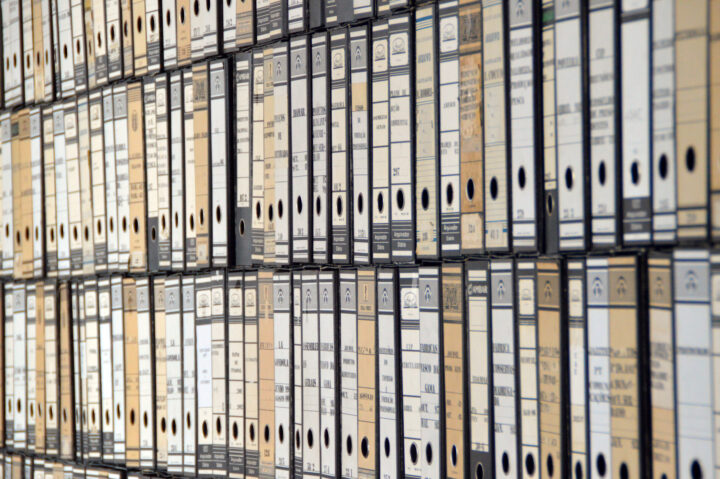
In the last room of the exhibition, there is a more dynamic piece: a video with photos of newspaper covers, collected mainly from the British press, where the word “virus” is centered. This piece appeared in the middle of a pandemic and is updated throughout the exhibition, with the addition of the various covers collected by Nuno Nunes-Ferreira.
«Contra-Parede» can be visited at the Municipal Museum of Tavira | Palácio da Galeria, until the 10th of July, then on to the cities of Caldas da Rainha, Abrantes and Vila Nova de Foz Côa.
Photos: Rúben Bento | Sul Informação
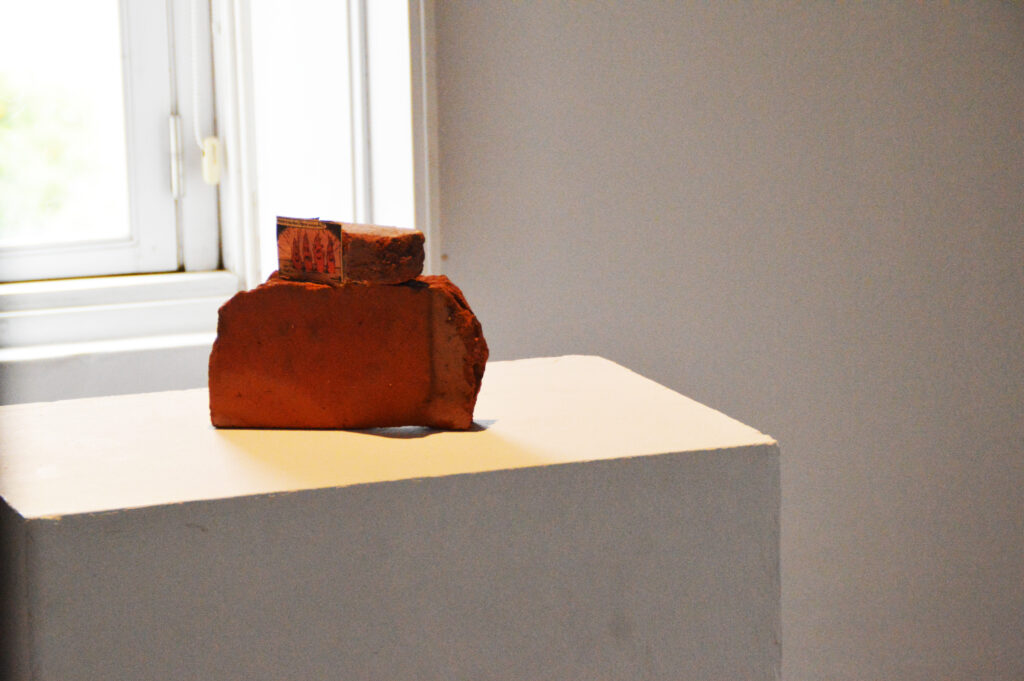
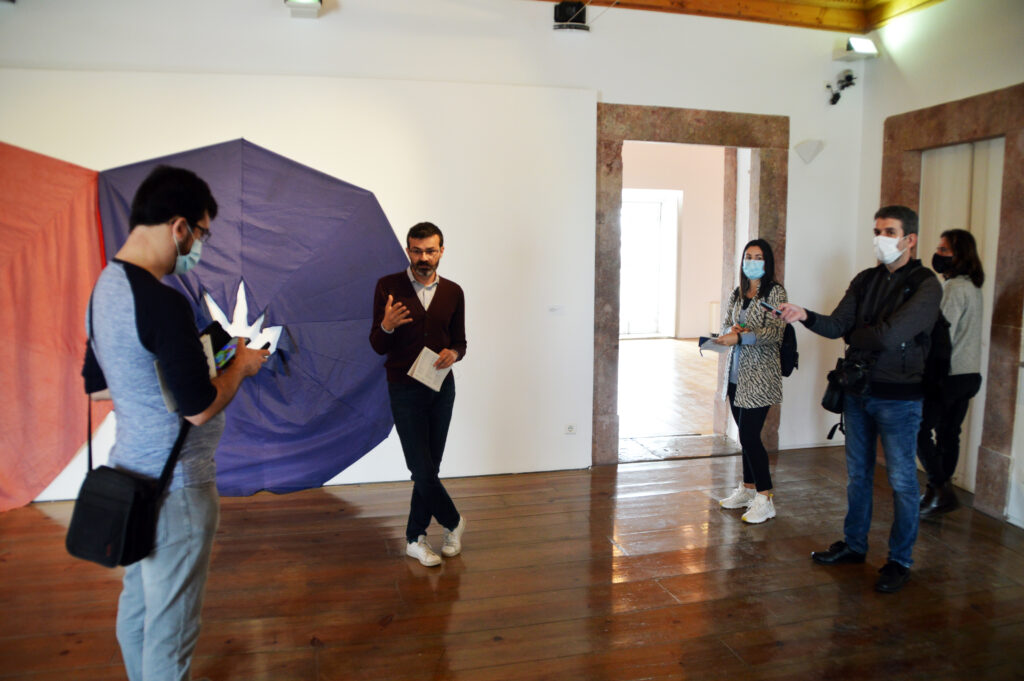
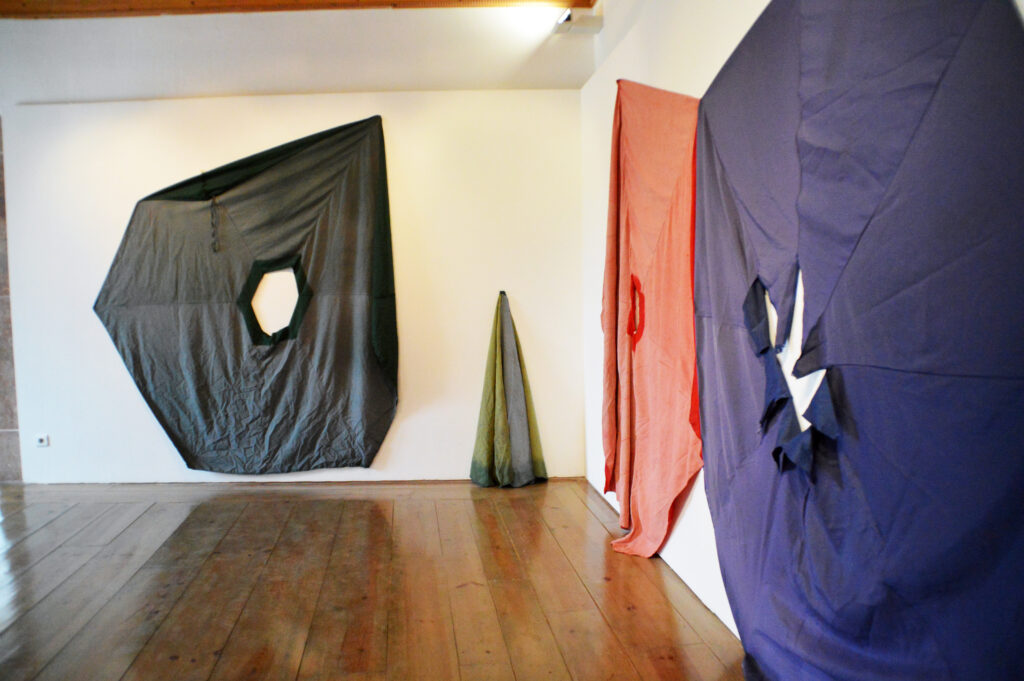
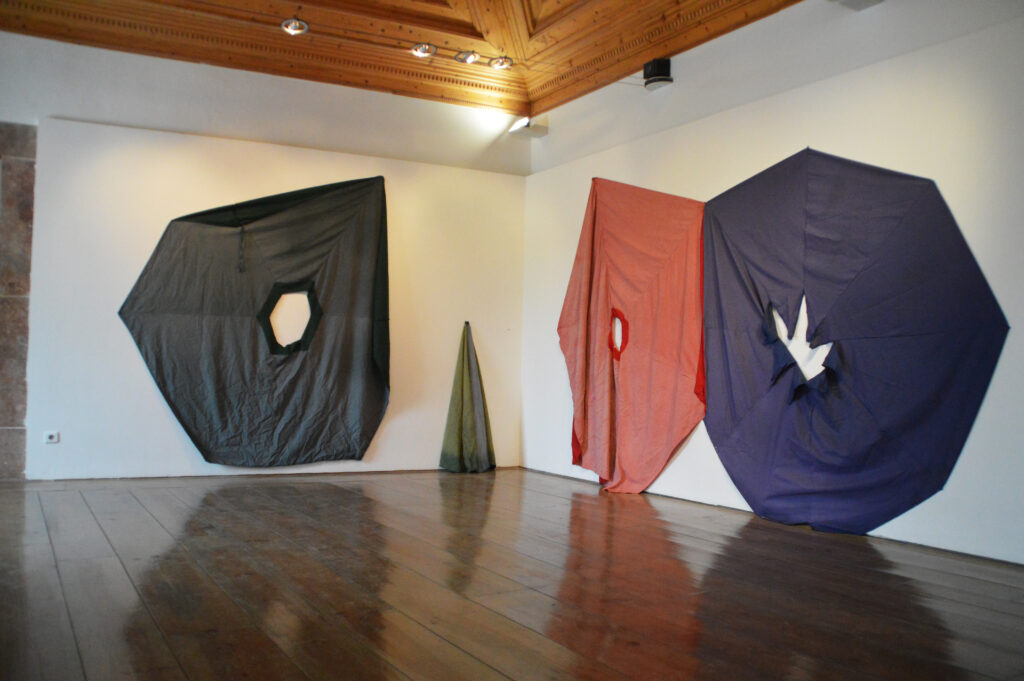
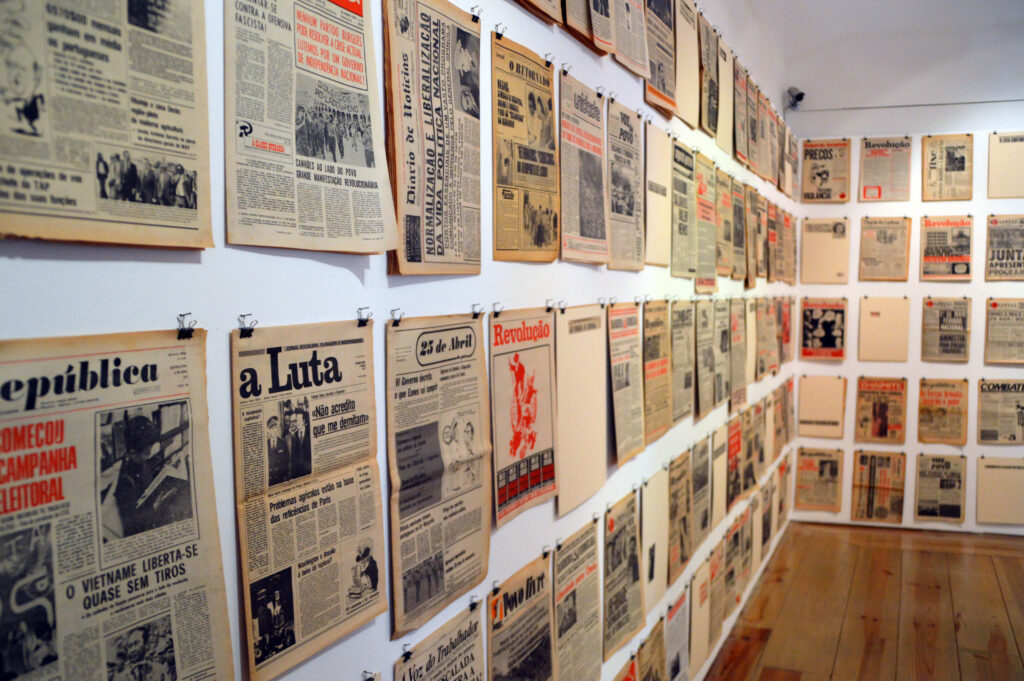
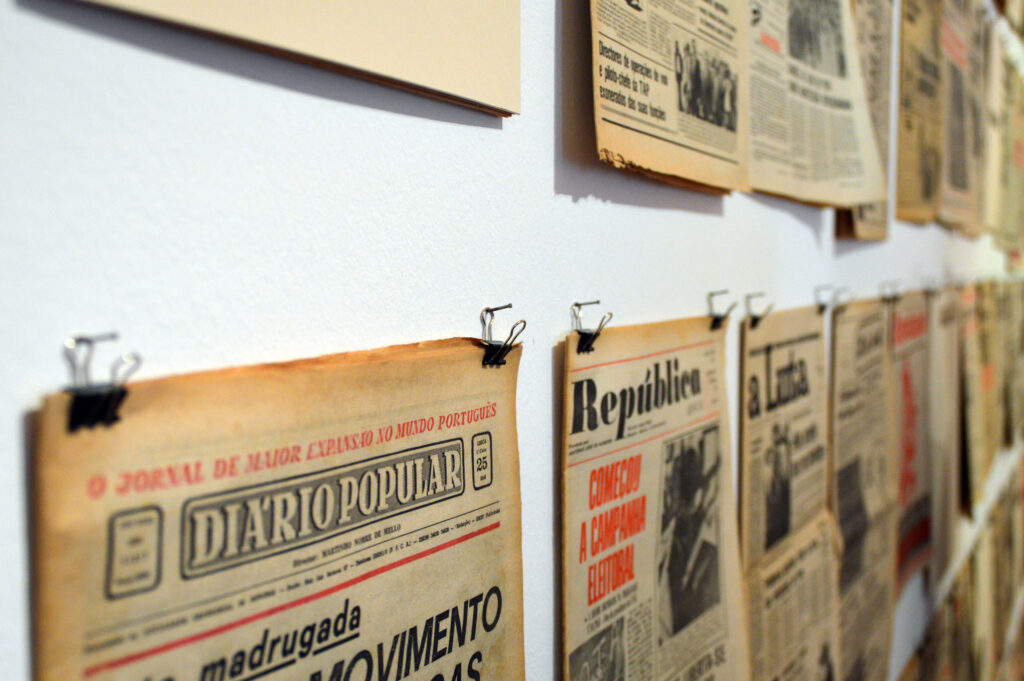

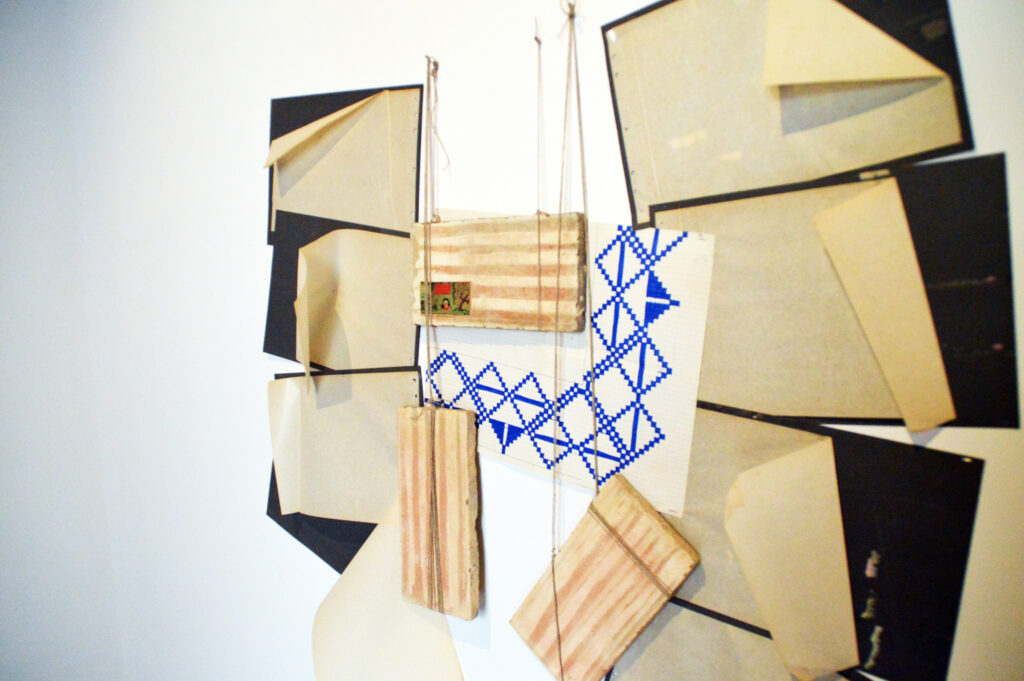
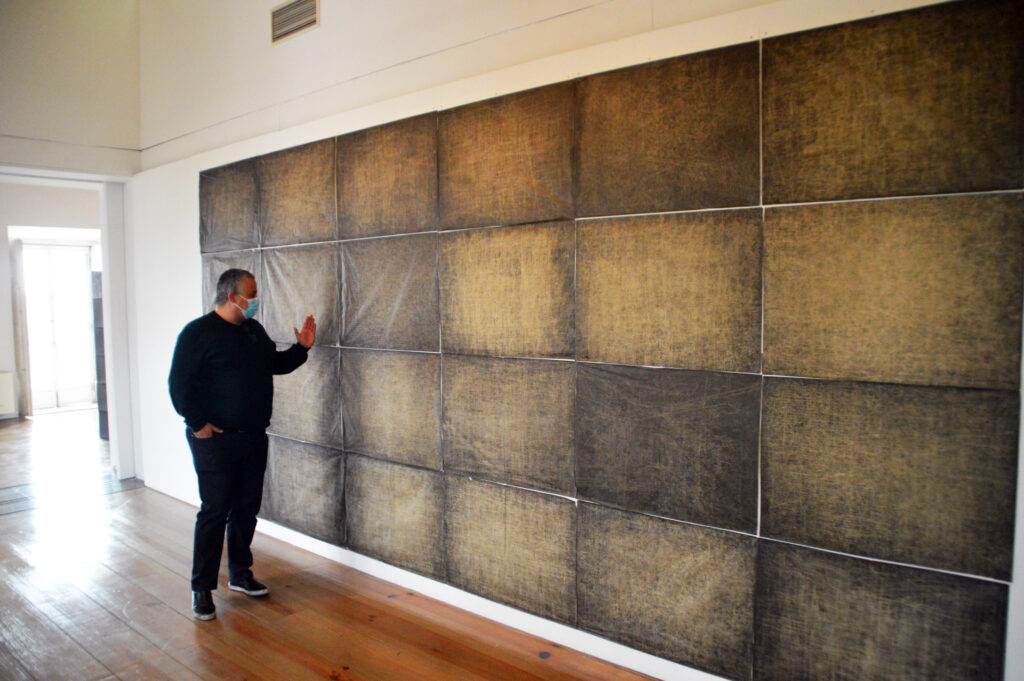
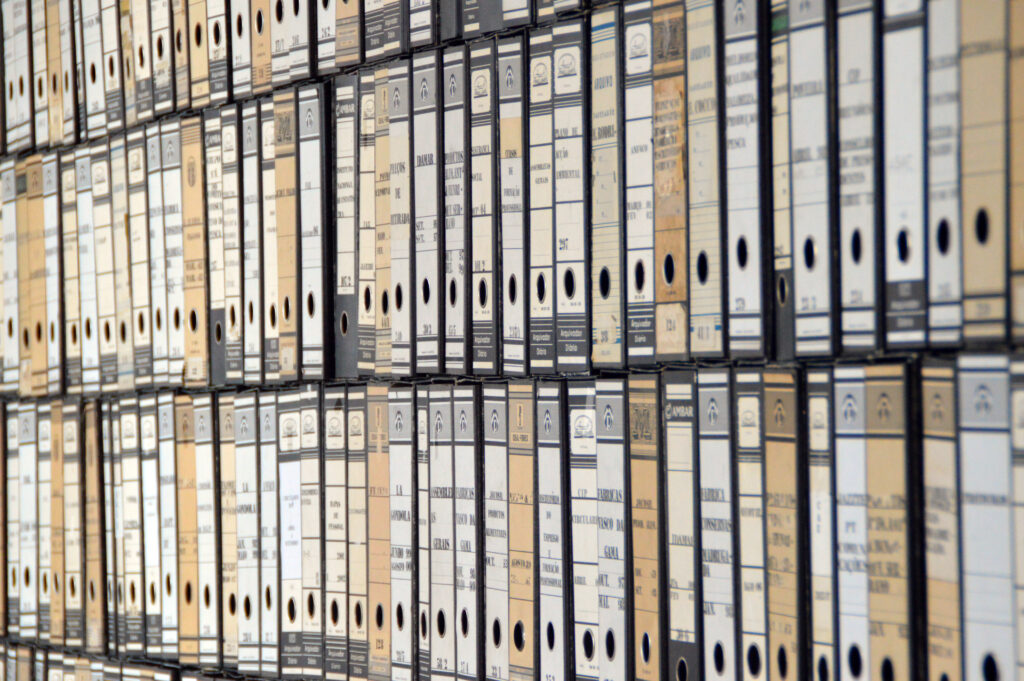
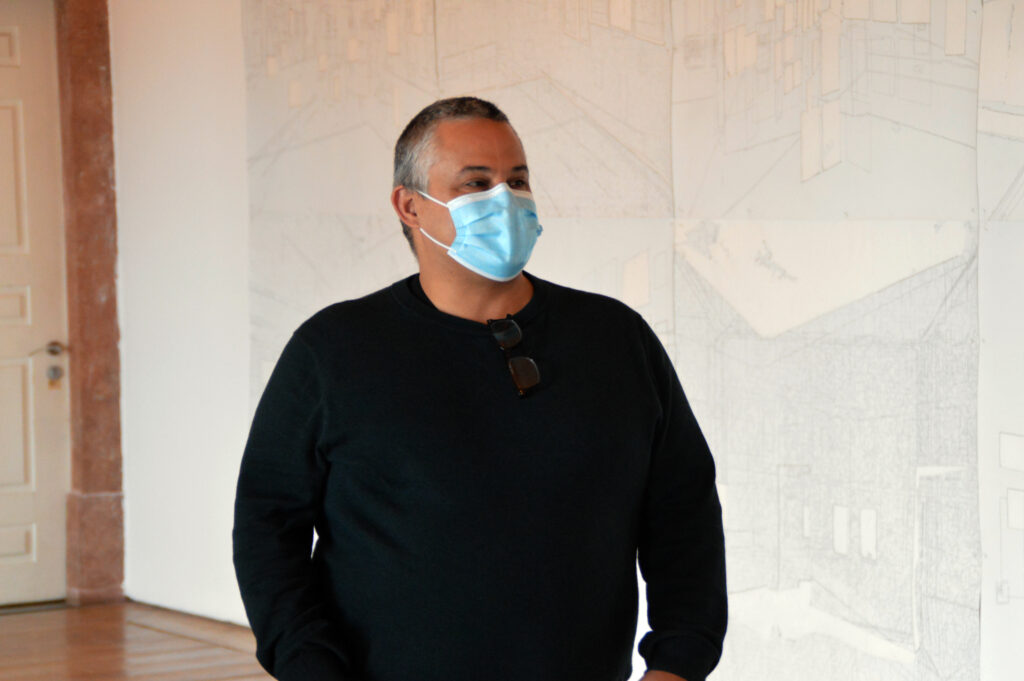



















Comments